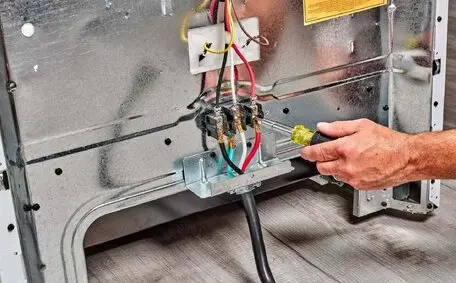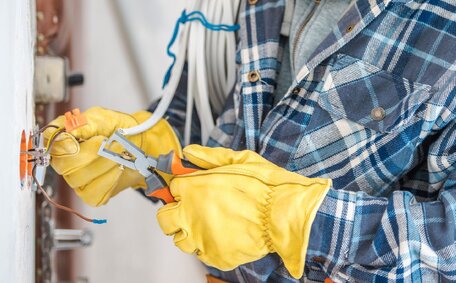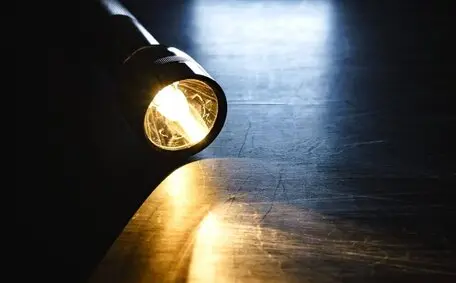
What To Do In A Power Outage In Sydney?
Are you facing a power outage in Sydney but don’t know what to do? Here’s everything you need to know about dealing with power outages from professional electricians.
Read MoreUnexpected power outages can really throw a spanner in the works, leaving you in the dark until things get sorted out. It’s crucial for every home and business to grasp what causes these outages and how to handle them efficiently.
This comprehensive article will dive into the reasons behind power outages, the importance of a reliable electricity network, and how to handle the situation efficiently. However, to ensure your safety and the smooth restoration of power, it’s crucial to engage the services of a licensed electrical contractor with expertise in handling power supply disruptions and power surges when unsure. We’ll also provide expert advice on the precautions you should take before attempting to reconnect power. Safeguarding your electrical appliances and ensuring seamless reconnection is vital to avoid potential damage and hazards.
So, let’s explore the crucial steps to reconnecting power safely and efficiently so you can be prepared for any power outage situation and restore power promptly.
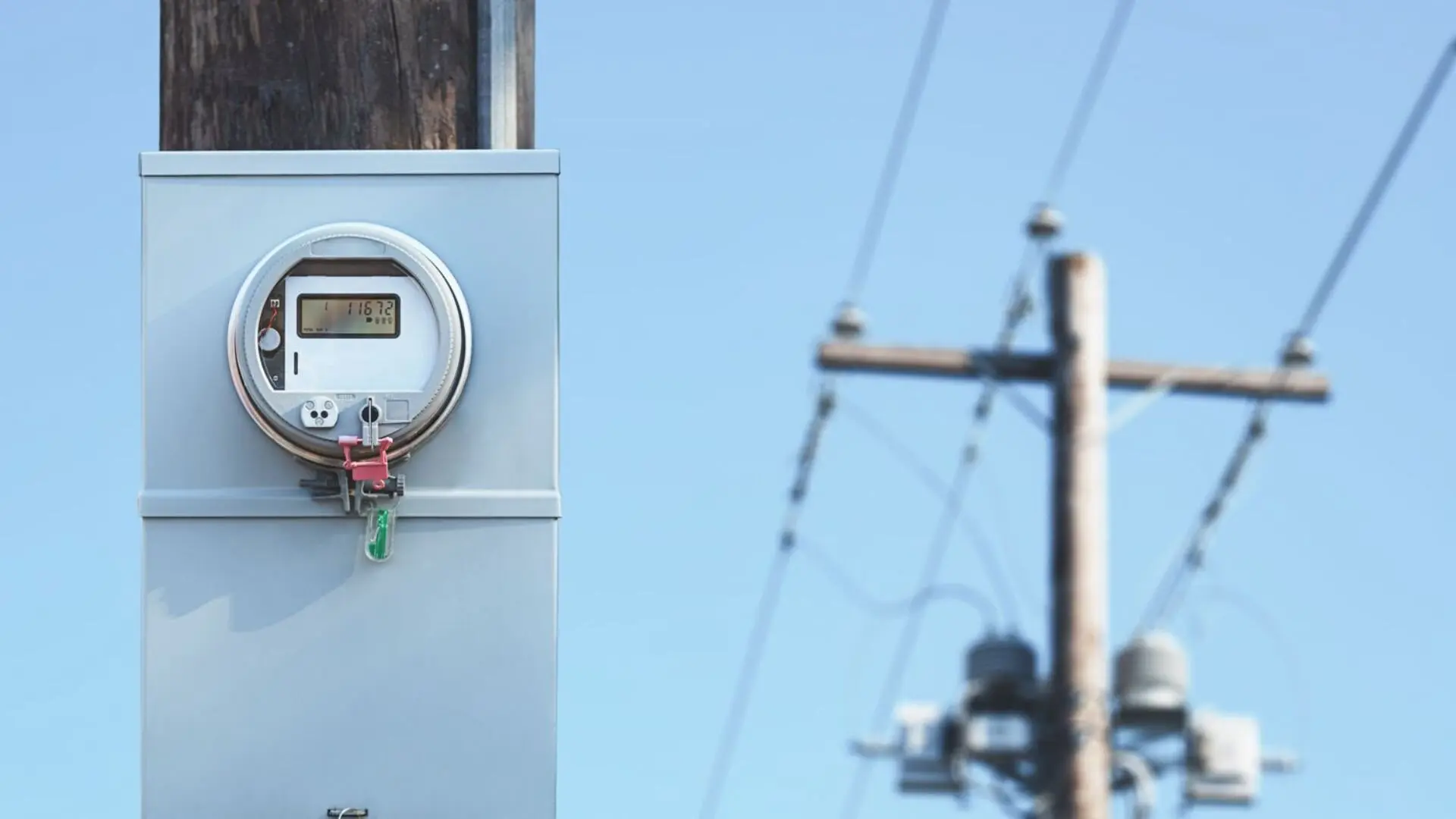
Power outages can be highly disruptive and frustrating, leaving homes and businesses without essential electricity. Understanding the causes and implications of power outages and the various factors contributing to these power supply interruptions can be helpful.
Harsh weather events such as storms and hurricanes can cause serious damage to power infrastructure. High-voltage powerlines, which transport electricity over long stretches, are particularly prone to storm-related damage. When these lines go down, entire communities can experience outages. More locally, the service wires linking homes to the grid can also suffer damage, resulting in smaller-scale outages. Moreover, equipment breakdowns in the distribution system might disrupt the flow of electricity as well.
An unplanned outage usually springs from unexpected equipment failure. In contrast, planned outages are generally slated for maintenance. During power surges, appliances connected directly to outlets might be vulnerable and should be shielded properly. Preparing an emergency kit with essentials can be a lifesaver during outages. Moreover, staying tuned to a local radio station helps keep track of how long and vast the outage is.
Safety is the top priority for power authorities when responding to power outages. During widespread power outages, power restoration efforts are typically carried out in a prioritized manner. Critical infrastructure, such as hospitals, pumping stations, and emergency services, are designated as the first priority to maintain essential services. When life support equipment is used, restoring power becomes an immediate concern to ensure the well-being of those who depend on such devices. Restoring power effectively often requires the expertise of master electricians with the necessary skills to diagnose and repair complex electrical issues swiftly.
Before reconnecting power after an outage, it is crucial to prioritise safety to avoid potential hazards and damages. Follow these essential safety precautions to ensure a smooth and secure power restoration process:
Your safety is paramount when dealing with power outages and restoration. By following these safety precautions, you can protect yourself, your appliances, and your property while ensuring a hassle-free reconnection of power. Proceed with caution and always prioritise safety first.
Getting your power back on after an outage involves a systematic approach for safety and correct reconnection. By following these key steps, you can restore electricity to your home with confidence:
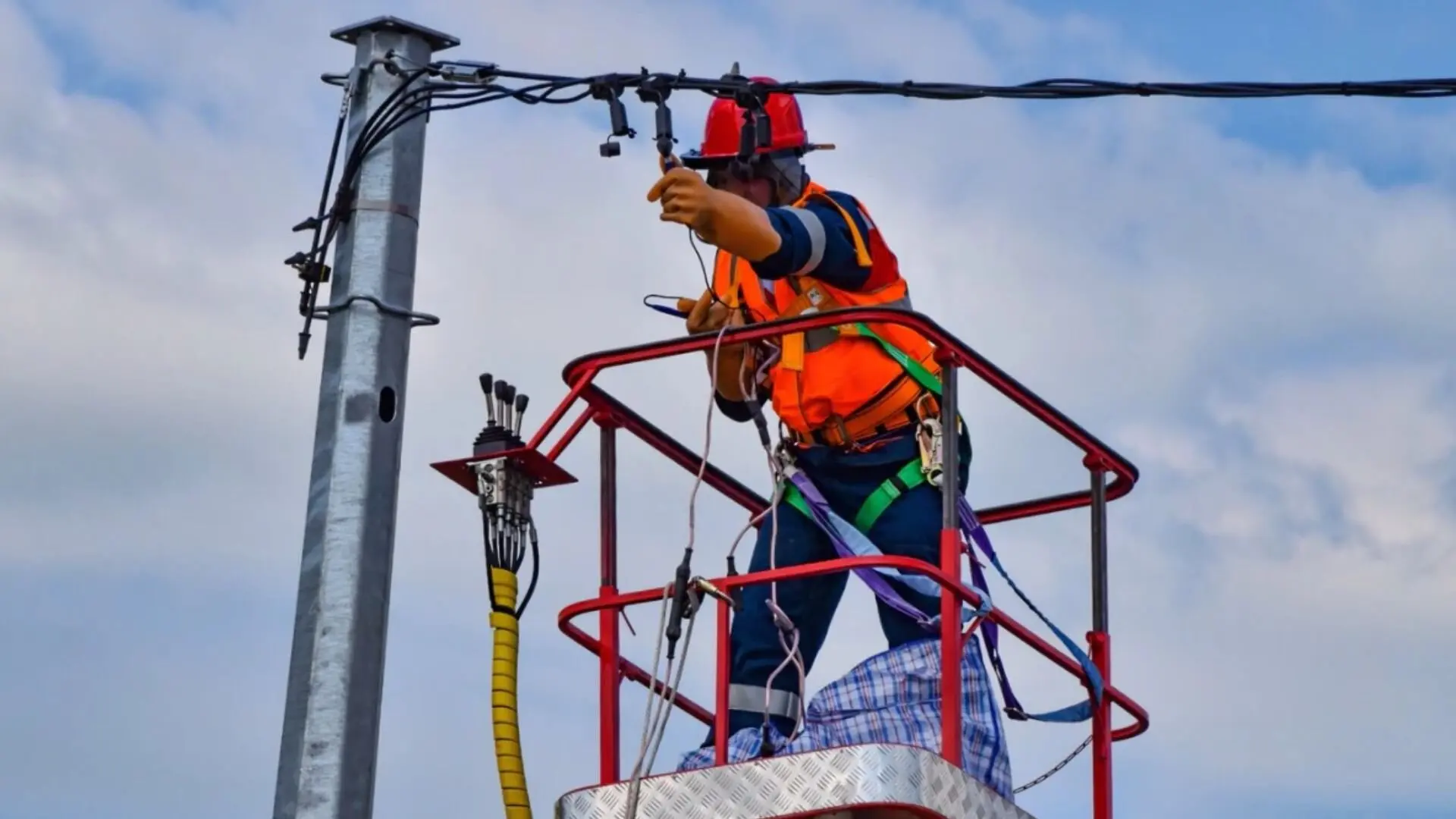
Inspect your property for any visible defects or damages to the electrical connection before attempting to reconnect power. Look for signs of wear, frayed wires, or any other issues that may pose a safety risk.
Contact your local utility company or power authority to inform them that the power outage has been resolved on your premises. Verify if they need any specific information from you before they can proceed with the reconnection process.
In some regions, obtaining a Certificate of Electrical Safety may be a legal requirement before reconnecting power after an outage. Ensure that all necessary safety checks have been carried out, and if required, obtain the relevant certificate from a licensed electrician.
If your property connects with neighbouring homes or premises, ensure the isolation process is carried out correctly to prevent backfeeding and ensure safety during the restoration.
With the necessary safety checks and certifications in place, it’s time to restore the power supply to your property. Reconnect your home to the electrical network following the guidelines provided by the utility company.
After restoring the power supply, thoroughly test the electrical connection within your property. Check all switches, outlets, and appliances to ensure they function correctly.
Throughout the reconnection process, stay informed and rely on the guidance provided by the utility company and licensed electricians. They have the expertise to handle the technical aspects and ensure safe and efficient reconnection.
During the reconnection process, prioritise safety above all else. If you encounter any issues or uncertainties, seek professional assistance immediately.
After the successful reconnection of power, retain the Certificate of Electrical Safety as proof that the connection has been restored safely and complies with regulations.
Even after your power is back on, you might bump into some common electrical hiccups. By grasping these potential challenges and knowing how to troubleshoot, you can tackle electrical problems head-on:

One common issue after power restoration is partial power in some areas of the house. If certain rooms or outlets lack electricity, check the circuit breakers or fuses to see if any have tripped. Resetting the breaker or replacing the fuse may resolve the problem.
Frequent tripping of circuit breakers indicates an overload or short circuit in the electrical circuit. Unplug devices from the affected circuit and reset the breaker. If the problem persists, it may indicate a more significant electrical issue requiring a professional inspection.
Flickering lights can result from loose connections, faulty bulbs, or voltage fluctuations. Tighten bulb fixtures and replace faulty bulbs. If the issue persists, it may be related to the electrical wiring, and an electrician should be consulted.
If electrical appliances fail to work after power restoration, check if they are properly plugged in and switched on. Verify that the power points are functional, and if needed, try the devices in other outlets. The appliances may require repair or replacement if they do not work.
RCDs are safety devices designed to protect against electrical shocks. If the RCD trips, it indicates a potential fault in the electrical system. Before resetting the RCD, ensure all electrical devices are disconnected, and then progressively reconnect them to identify the source of the fault. If unsure, consult a licensed electrician.
Frequent power surges can damage sensitive electronic devices. To protect your equipment, consider using surge protectors or uninterruptible power supplies (UPS) to regulate voltage fluctuations.
Buzzing sounds or burning odours near electrical outlets or switches are warning signs of potential hazards. If you notice such symptoms, switch off the power at the mains and contact a qualified electrician immediately.
Issues in the electrical network or utility disruptions can cause inconsistent power supply. Contact your utility company to report the problem and seek updates on the status of power restoration.
Always prioritise safety when troubleshooting electrical issues. If you are unsure about any electrical problem or unable to resolve it yourself, seek professional assistance from licensed electricians at Bright Force Electrical.
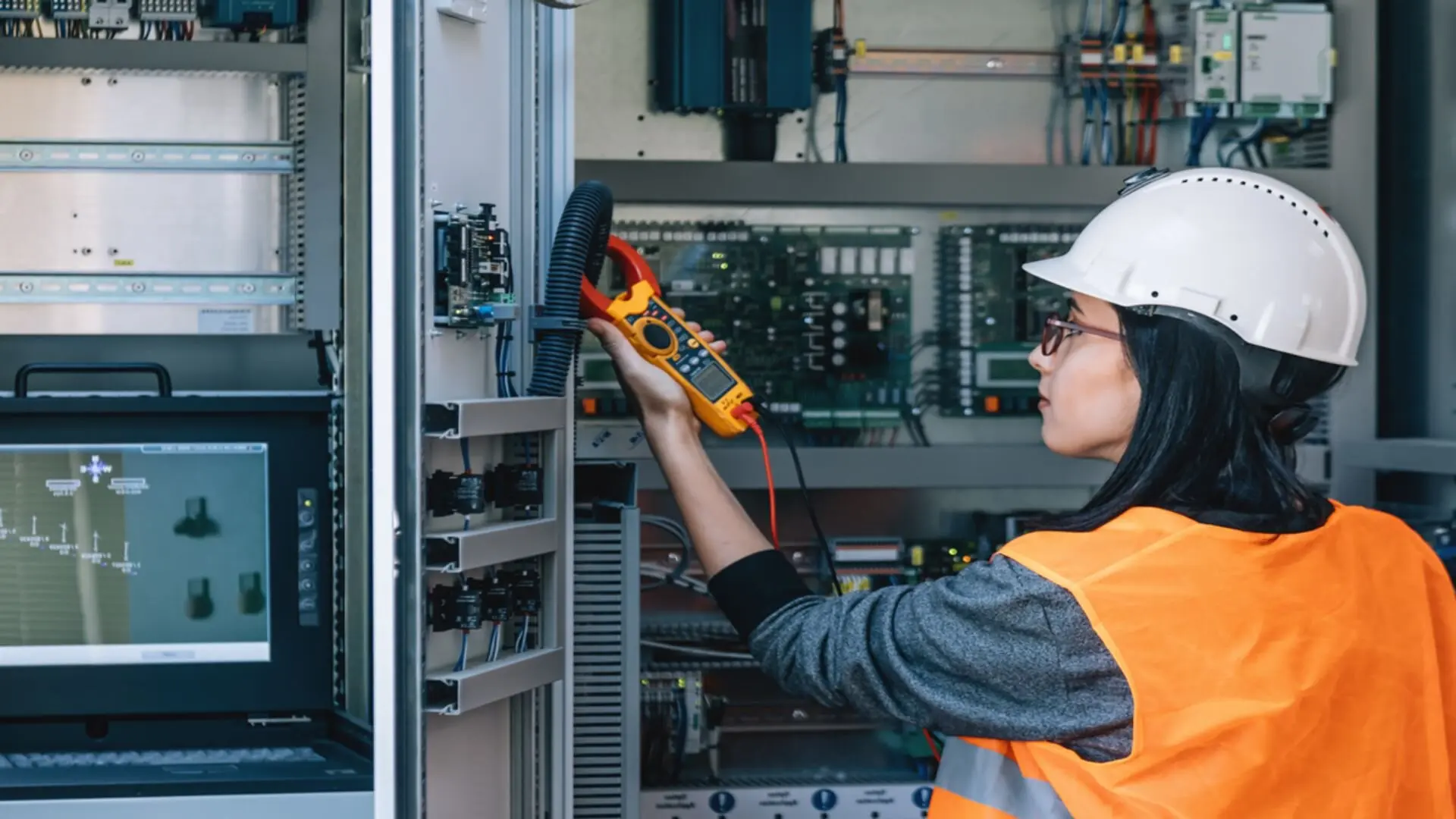
Power outages can be inconvenient and disruptive, affecting individual homes and businesses. Understanding the various factors contributing to power outages and the necessary precautions before reconnecting power is crucial to ensure safety and efficiency.
By following the steps outlined in this guide, you can confidently handle power outages and power restoration on your property. Prioritise safety, and if you encounter any electrical challenges or uncertainties, don’t hesitate to seek the expertise of licensed electricians like those at Bright Force Electrical.
At Bright Force Electrical, a trusted and experienced national electrical contractor based in Sydney, so whether you’re from Carramar, Mount Annan, or Ashfield, we believe in empowering our community with the knowledge to handle power outages responsibly. Whether it’s a simple issue like a loose power cord or a more complex electrical problem, we’ve got you covered.
Did you enjoy reading our article “What You Need To Know After A Power Outage”? We have many related articles you may also be interested in reading, like the below:
Are you facing a power outage in Sydney but don’t know what to do? Here’s everything you need to know about dealing with power outages from professional electricians.
Read MoreAre you looking to connect power to your new home? Join us as our experts provide a step-by-step guide to connecting power to your home safely, ensuring a secure and efficient electrical setup.
Read MoreSetting up a temporary power supply can be essential for events, construction projects, or emergencies. Discover the key steps and requirements to get a temporary power connection, ensuring a reliable and efficient setup. This guide covers everything from application procedures to safety measures, helping you stay powered without complications.
Read MoreWe will call back as soon as possible.
